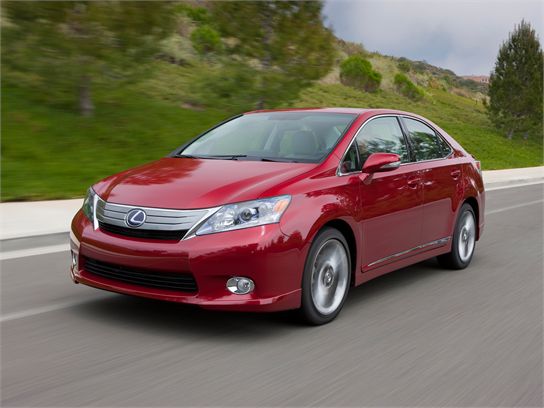Recent Articles
Popular Makes
Body Types
Shades of Green: Hybrid Vehicles
Everything you wanted to know about hybrid vehicles.
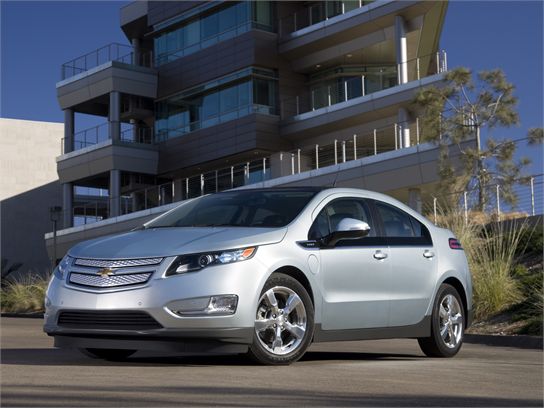
Introduction
The color green has become synonymous with clean, sustainable living. Car buyers have completely altered buying habits to favor the planet, their wallet, and many times, their public image. With so many different shades of green, from hybrids and diesels to cars that burn no fuel at all, how do you stay educated? The Shades of Green series aims to educate you on all automotive things green, starting with hybrid vehicles.
When the Toyota Prius started toting celebrities to the red carpet, it became all the rage to be seen behind a hybrid badge. The forefront of this green charge (no pun intended) has undoubtedly been hybrid vehicles. But do you know exactly what a hybrid vehicle is?
Pictured: 2011 Chevrolet Volt, Plug-in Hybrid
Photos courtesy of Manufacturers
What does “hybrid” mean?
By definition, it’s the combination of two or more different things. There are hybrid plants, words, and even animals. But in the automotive world, hybrid means a vehicle that uses multiple sources of power. Most commercially-available hybrid vehicles use a traditional internal combustion engine that runs on gasoline along with an electric motor that is powered by an additional battery pack. The method by which they work together varies.
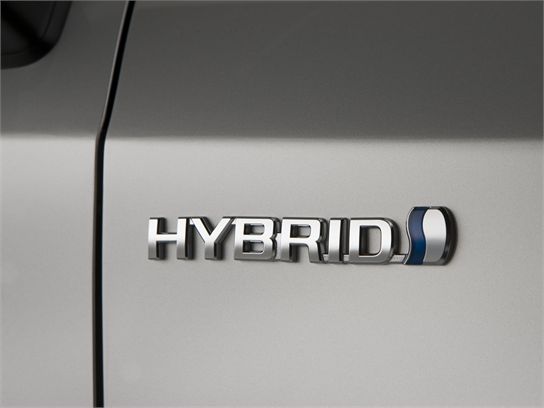
Are there different types of hybrids?
There are many different technical classifications of hybrids. From a consumer standpoint, there are 3 main types you should be familiar with:
Mild Hybrid: The electric motor assists the gas engine and cannot power the vehicle by itself.
Example: Mercedes-Benz S400 Hybrid
Full Hybrid: The gas engine and the electric motor can move the vehicle together or independently. Generally, the electric motor powers the vehicle by itself during accelerating or low-speed situations.
Examples: Toyota Prius, Ford Escape Hybrid, Chevrolet Silverado Hybrid
Plug-in Hybrid: The electric motor is the only source of propulsion while the on-board gas engine simply works as a generator to keep the electric batteries charged for extended range operation.
Examples: Chevrolet Volt, Fisker Karma
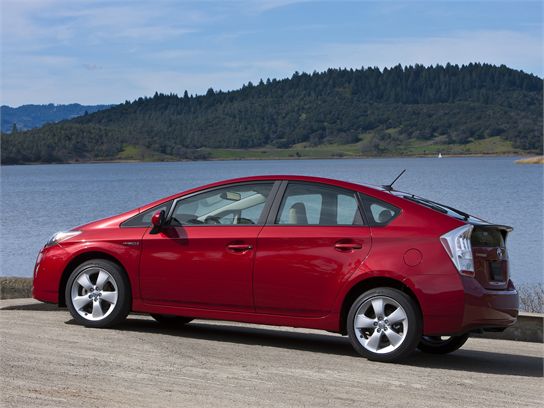
How do hybrids save gas?
Hybrid vehicles see increased fuel economy because the electric motor aids the gas engine when the most power is required. This allows for a smaller gas engine that works less, thus saving fuel. The electric motor is especially useful when accelerating, passing or taking off from a stop, as in city driving and stop-and-go traffic. The battery pack for the electric motor is charged by either the gas engine, or by converting braking forces to electricity.
Hybrid vehicles also employ engine start/stop technology that turns off the gas engine when the car comes to a stop, and automatically turns it back on when it is needed. This saves gasoline that is otherwise wasted when idling at stop lights or in traffic. Plug-in hybrids burn the least amount of fuel. Capable of running on electricity alone, a plug-in hybrid could, under the right circumstances, never burn a drop of gas.
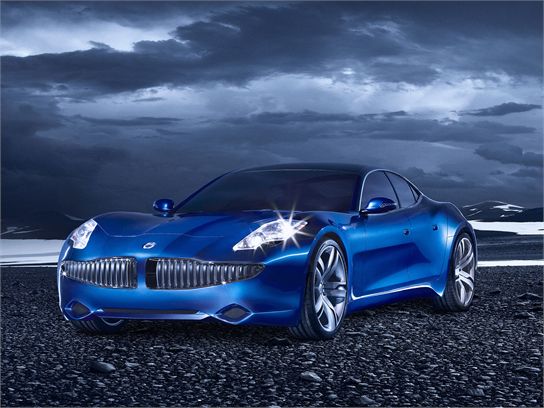
Will hybrids save you money?
To many, saving money is the most important reason for considering a hybrid. Hybrid vehicles generally cost thousands more than their single-engine-powered counterparts, so you may want to consider crunching a few numbers before committing to a hybrid. Examining savings through increased fuel economy alone may truthfully lead to disappointing results. On average, without government incentives, it can take 90,000 miles or more to pay off the increased cost of a hybrid over a comparable non-hybrid model.
However, residual value tends to be better for hybrids, so you will lose less on your investment when it’s time for a new green machine. There are also possible government incentives for purchasing a hybrid over a gas-powered model, which can oftentimes help even out value.
Are hybrids better for the environment?
While hybrids may not single-handedly stop the ice caps from melting, scientists suspect excess carbon dioxide (CO2) is a contributor to global warming. Where does most CO2 come from? Burning fossil fuels, like gasoline. Because of the decreased amount of fuel burned in a hybrid, CO2 emission is cut, meaning it generally contributes to climate change a bit less than its gas-powered counterpart. End of story? Not quite.
Some experts argue that due to extra components (electric motor, batteries, etc), the entire lifecycle of a hybrid may pollute just as much as a conventional gas machine. Building batteries tends to be a toxic and energy-consuming process, shipping batteries also takes energy—more so than for a vehicle not equipped with one—as does recycling the batteries at the end of their lives. Which is better? That’s up to you.
Should you buy a hybrid car?
Honestly, the answer here completely depends on your individual needs. City driving, stop-and-go traffic, needed space—these are all critical factors to consider. Hybrids are most beneficial in city driving and stop-and-go traffic because the electric motor does most of the work. Take a look at your daily commute and your family situation to see if there may be a strong argument for a hybrid.
Most available hybrids are a bit on the small side. The list of Costco-sized hybrids is rather short, but there’s the full-size GMC Sierra Hybrid, Chevy Tahoe Hybrid, and Toyota Highlander Hybrid. Fuel savings, decreased impact on climate change, and possible money savings are all key benefits with a hybrid, making them a solid choice if one fits your situation. Pictured: Chevrolet Tahoe Hybrid
